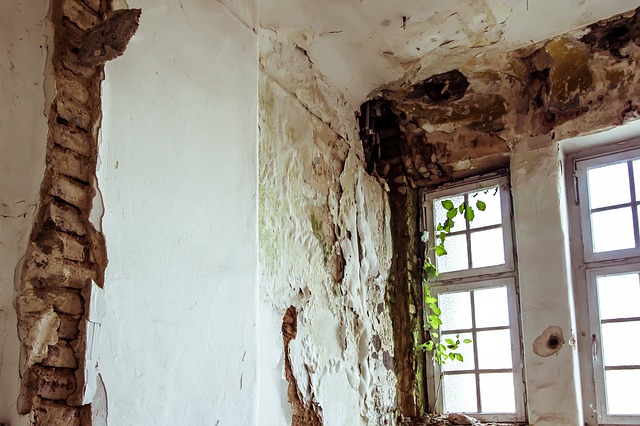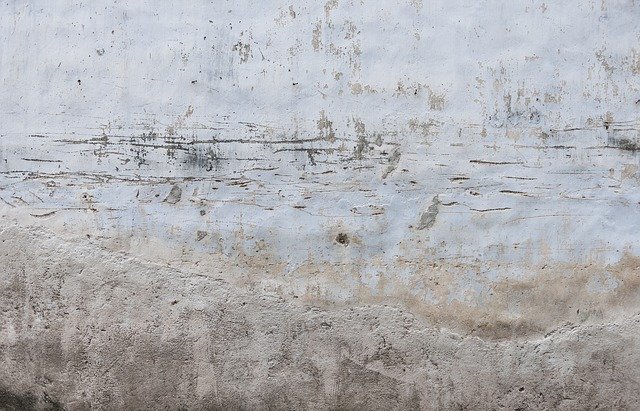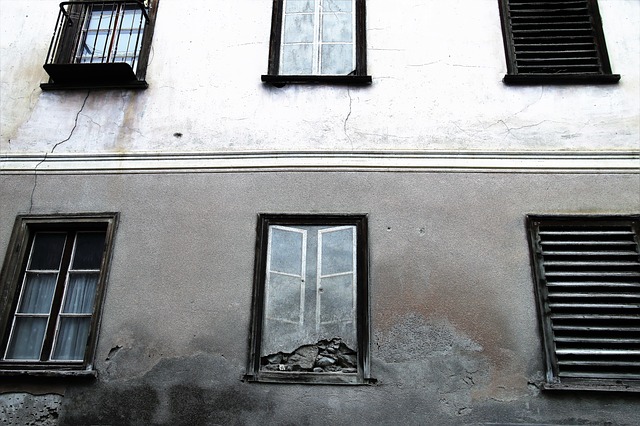There are a number of reasons why rising damp may appear on walls in the home, the most common is a breakdown in the damp proof course, Dpc.
Up until fairly recently in the history of house building, buildings, usually in stone, would not have had a Dpc installed during building so that the damp, if any, would have been allowed to vent by evaporation through the lime rendering.
When old lime rendering is hacked off to be replaced with cement renders and plaster then damp becomes more noticeable because the cement render is harder than lime render and holds back the damp instead of letting it evaporate as lime does.

The cure is to hack off all plaster back to the stone or brick and have a Dpc installed by a specialist company. In brick, a Dpc is installed by drilling holes every six inches all along the wall behind the skirting boards, and up the ends of the wall to three feet in height, then pumping in a liquid into the holes that spreads through the brick to form the Dpc.
The wall is rendered with a water-proofed render and plastered when dry. This kind of Dpc usually lasts up to twenty five years and should come with a guarantee which is produced when selling or buying the property.
With stone, the holes are drilled around the mortar joints at six inches distance but quite often the joints are crumbly or missing and not firm enough for the liquid to do any good, so raking out and re-pointing will help. The water-proof render then has to hold the damp back, usually successfully.
This kind of operation can take three to six days to complete depending on the amount of walls to be treated.
Usually if it is the whole of the ground floor then it’s best to find other accommodation while the work is being carried out.

The hacking off is very dusty and all furniture and carpets will need to be taken out, or placed in the centre of the room so long as there is space for the workmen to move around and get to the walls.
The liquid Dpc is also not pleasant to breathe in.
A small localized patch of damp can be hacked off and re-rendered in water-proof render, but quite often the damp will find its way along behind this to re appear at the edges, so to be sure of a good job it is always recommended that the whole length of the wall, both sides has a Dpc put in.
Small areas of damp are sometimes painted over with a water-proof paint or sealer, this is not always effective and damp will find a way through fairly soon again.
Some damp is seasonal, and this is where old lime plaster comes into its own by letting the damp pass through quickly and drying out again when the damp has gone.
Keeping the drains and run-offs clear and working on the outside of the house can keep the damp down. Putting in a channel around the house up to a foot deep to divert water away quite often solves a damp problem.
Too much water getting to the outside walls with nowhere else to go will saturate the walls and cause damp.
Leaking gutters or down pipes will pool water into one spot and can be a cause of damp too.
Another cause of damp is leaking pipes, sometimes from the bathroom, with the water finding its way down through the wall to come out near the bottom as a patch of damp, although this is not a problem that happens very often and is relatively easy to fix.

A dehumidifier can be used effectively to dry out damp walls quickly, but only after the cause of the damp has been found and cured.
New render should always be left to cure for its full time which can take up to four months; so painting it after it is touch dry, about a week, with a breathable emulsion wall paint is best until it has dried.
Putting wallpaper on new plaster before it has dried properly will probably find it lifting off the wall.
White flaky patches on new plaster are salts finding their way out; these can be rubbed down and treated, but this is not a frequent occurrence and is not serious.
Rising damp is usually the most difficult and expensive to cure.
Images from Pixabay
Authors get paid when people like you upvote their post.
If you enjoyed what you read here, create your account today and start earning FREE STEEM!
If you enjoyed what you read here, create your account today and start earning FREE STEEM!
Hi, I just followed you :-)
Follow back and we can help each other succeed! @hatu
Downvoting a post can decrease pending rewards and make it less visible. Common reasons:
Submit
Ok, done...
Downvoting a post can decrease pending rewards and make it less visible. Common reasons:
Submit